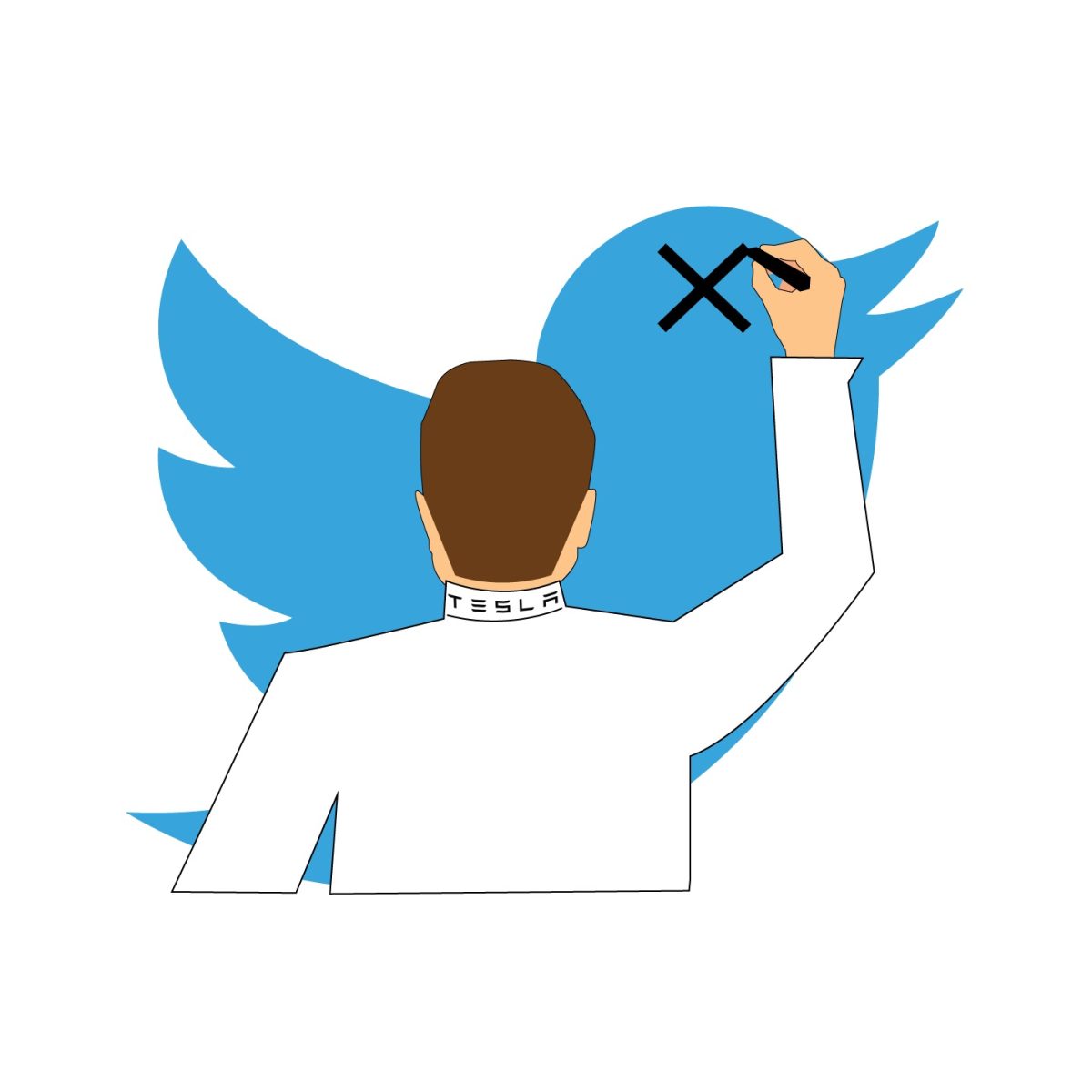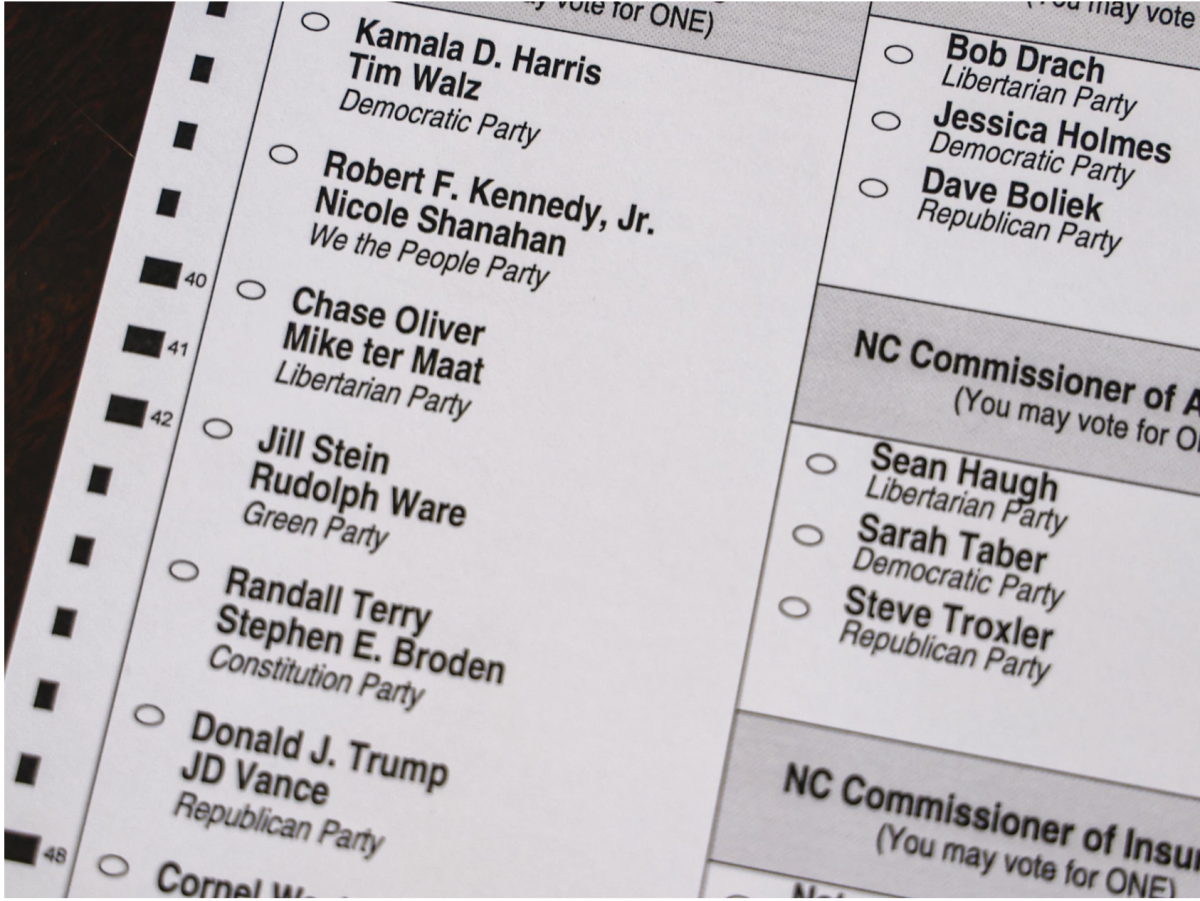After billionaire Elon Musk took over Twitter, the popular social media news application began its impulsive renovation into “X,” the so-called “everything app.”
Musk, who purchased Twitter in April last year, informed 450 million users about the changes in the brand’s image, including the name, and most importantly, the iconic blue bird logo we all once knew. Even though responses from the users was mostly negative, Musk still decided to continue the rebrand.
What is Musk’s fascination with this letter? Tesla Model X, SpaceX and even his child’s first name has to do with X. It seems like he is trying to make a statement about the things he owns. Less than a year after he purchased the app, Musk already began monopolizing the app in unison with his other owned businesses, beginning with his favorite letter: X.
There is uncertainty about what this rebrand will do to the Twitter we know. Twitter was designed back in 2006 with small, intentional details that defined the app’s identity.
Written posts were named “tweets” because they represented small exchanged messages similar to what birds do by “tweeting” in the form of user connectivity.
Even smaller features on the app were designed according to this theme. The home button is not a regular home image; it’s a bird’s house. When you create a new tweet, a bird’s feather shows up, depicting how people used to write with quill pens made of feathers.
What happens to all of these features now? Are there going to be more changes in the app until it’s one we no longer recognize?
Elon Musk did not put a lot of intentional effort into X, unlike the original creators of the app.
The rebranding of the platform could be a strategy to lead people’s attention away from what Musk is actually doing, which appears to be censoring freedom of speech — something this app is known for providing to its users.
Twitter was created for people to share their own insights, thoughts and opinions in a free, individualistic way. Over the years, this app has grown in popularity because it has helped to redistribute the power of mass communication.
Thanks to Twitter, there have been countless news stories that came to light in transparent ways with additional voices to support differing viewpoints within an article.
Since Elon Musk bought Twitter, there have been many changes to the free speech app we knew. These implementations went unnoticed because of other modifications that stirred bigger controversy, such as the logo of the bird being replaced.
In December 2022, Elon Musk suspended the accounts of several high-profile journalists, who shared information about the travels of his private jets. Some of these journalists include Ryan Mac of The New York Times and Drew Harwell of The Washington Post.
According to X’s new policy, any account that violated these terms would get suspended for seven days. This limits the free-speech app that Twitter used to be.
As long as there are no threats of violence directed toward others, users should not be suspended for information about the travels of Musk’s private jets, which is accessible information to anyone online.
As Lora Kolodny, CNBC’s tech reporter stated, “Musk’s free speech advocacy seems to apply mostly to his own speech or that of his fans and promoters.” It’s clear since Musk owns the app, he can decide what people get to write and if he doesn’t like what users say — especially if it’s about him — he can simply suspend your account.
There is also a new subscription for the blue checkmark. This verification previously had the purpose of giving legitimacy and authenticity to influential people and corporations.
With the new implementation of the subscription that stands at $7.99/month, anyone can get this feature without even asking for documentation to verify their identity.
There has already been misuse of this service that makes it easier for people to impersonate brands and celebrities, increasing the possibility of fake accounts and misinformation. Since anyone can get this status, users have to double-check accounts to make sure they are the real source.
The death of the bluebird is way more than just the change of a name and logo: it’s the change of how the app functions as a whole.
Under the ownership of Musk, X will be a whole other social media app in a few years — one that I’m not so sure I would enjoy as much as I used to like Twitter.
Sure, many apps have changed their logos and names over the years, but what makes this one different?
The difference is no other app had taken such a drastic measure in their rebranding and functioning.
Instagram changed its vintage camera logo to a more modern one, but the camera is still there. You can still recognize the essence of the platform. When I open my phone and see a black X icon, it feels like an intruder is on my home screen.
X is destroying everything that Twitter used to represent.
So we may as well stop saying, “The app formerly known as Twitter” or “The new Twitter” because the Twitter we once knew is on its way to no longer existing.
Death of the Bluebird: The Twitter we once knew is `X-ecuted´
Small changes are making the Twitter we once knew, into a different app we no longer recognize
Illustration by Emily Augustine
More to Discover
About the Contributor
Emily Augustine, ’23-24 Graphics Editor





